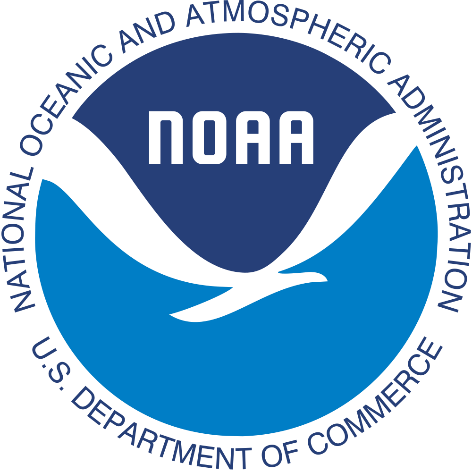Field Monitoring (Saginaw Bay)
Produced in Collaboration with NOAA GLERLHow to Read the Data
Sampling Date
Field monitoring for HABs occurs bi-weekly in Saginaw Bay during the HAB season (July – October). The sampling date indicates when the most recent monitoring data was collected.
Monitoring Stations
Weekly samples are taken at each monitoring station at a 0.75 m depth from the surface. The total depth at each station is listed in parentheses in the location search bar.
Data Type
Temperature: Temperature of water sample in degrees Celsius
Turbidity: a measurement of how easily light passes through water. As sediments and other suspended solids increase in the water, the amount of light that can pass through the water decreases. The cloudier the water, the greater the turbidity. As algae, sediments, or solid wastes increase in the water, so does turbidity. Measured in ntu, nephelometric turbidity units.
Extracted chlorophyll a: Chlorophyll allows plants (including algae) to photosynthesize, which means to use sunlight to convert simple molecules into organic compounds. Chlorophyll a is an indicator for the amount of total algae in a waterbody including harmful and beneficial algae.
Extracted phycocyanin: an indicator for the amount of cyanobacteria in a waterbody. Under certain conditions, levels of phycoyanin can become higher than chlorophyll a, which indicates heavy populations of cyanobacteria.
Particulate microcystin: a measurement of the amount of toxins found within cells of Microcystis, the predominant cyanobacteria found in Saginaw Bay.
Dissolved microcystin: a measurement of the amount of toxins that have been released from cells of Microcystis and dissolved in the water
Data Points
Each point on the graphs below represents a water sample. When hovering your cursor over a data point, the sample date and precise data measurement can be found in blue text at the bottom of each graph. Red half circles indicate that measurements for that sample were below detectable levels (<0.1ug/L for microcystin).
Data Source
This data is produced by the Harmful Algal Bloom monitoring program, a joint effort by NOAA Great Lakes Environmental Research Lab (GLERL) and CIGLR with support from the Great Lakes Restoration Initiative. Monitoring data is provided “as is” and have not yet been subjected to quality control or quality assurance procedures. For data with QAQC, please refer to annual seasonal reports. We work hard to post data from each week’s monitoring soon after collection, but there may be delays.
Related NOAA Forecasts
More Information
About the Research
Visit NOAA GLERL’s website for a deeper look into our research on harmful algal blooms. CIGLR supports the mission and goals of the NOAA Great Lakes Environmental Research Lab, and collaborates with them to develop these next-generation NOAA forecasts. Read the disclaimer.
Learn More
Explore other resources on Great Lakes harmful algal blooms.
Workshops & Events
Learn more about past and upcoming stakeholder events associated with this project.
Connect
Take our user survey to help us improve our website and forecast products.
Contact
Field Monitoring Lead
Casey Godwin
CIGLR
(734) 741-2235
Stakeholder Engagement
Devin Gill
CIGLR
(734) 741-2283
Media Contact
Mary Ogdahl
CIGLR
(734) 741-2276



